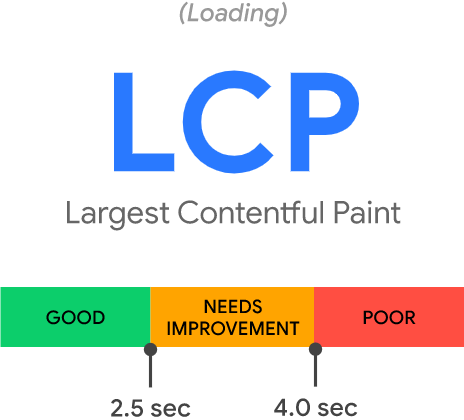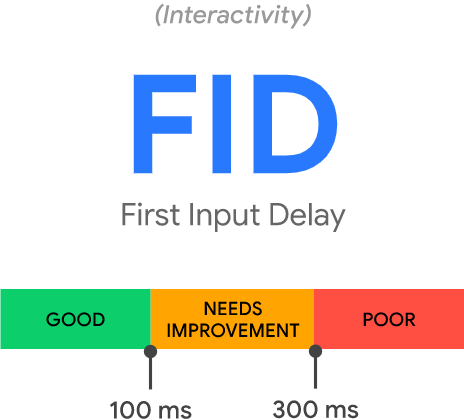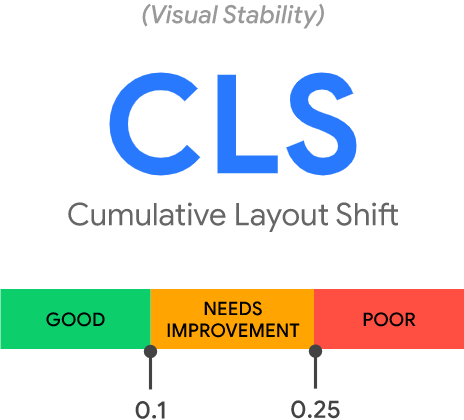Google Page Experience Algorithm: What You Need To Know
Google has long dominated the search engine market sustaining a 92% worldwide market share as of February 2021. It’s easy to see why businesses are keen on securing a spot on the first page of Google search results for maximum exposure! But taking steps that fall in line with Google’s changing algorithms can seem like you’re taking a shot in the dark. There’s a lot to consider. Many site owners look to keyword optimization and SEO–which is critical–however, relevance signals help search algorithms look at various factors, including keywords, relevance and usability of pages, brand reputation, location, and more to give searchers optimal results. There is no debate on the importance of updating and improving technology. Google’s algorithm updates occur to serve its customers and users better. To prevent discrimination against newer websites in favor of established sites and results manipulation that favors partners or external controls, Google recently announced an upcoming new signal called “page experience.” Page experience will better surface sites that offer a quality user experience (UX).
What is Google’s new page experience algorithm?
In Google’s own words, here is what page experience means:
The page experience signal measures aspects of how users perceive the experience of interacting with a web page. Optimizing for these factors makes the web more delightful for users across all web browsers and surfaces, and helps sites evolve towards user expectations on mobile. We believe this will contribute to business success on the web as users grow more engaged and can transact with less friction.
This update is expected to cause a significant shift in how pages are ranked on Google based on how users interact with a web page and how pleasant or painful it is for them. Google wants to make sure that sites that rank at the top are not creating bad experiences for users. Instead, Google wants to reward sites that users love by elevating them in their search results.
So what makes a site that users love? Content, keywords, and site security are part of the equation that Google’s algorithms consider. The upcoming addition of page experience will also consider the searchers’ user experience, which measures loading speeds, interactivity, and visual stability.
These metrics will be tested with Google’s Web Vitals (Figure 1, below). You don’t have to wait for the new algorithm to roll out. You can see how your site rates now and start preparing for the update.



Figure 1: Core Web Vital Metrics. Source: https://web.dev/vitals/#core-web-vitals
Here’s what these new measurements mean:
- Largest Contentful Paint (LCP): measures loading performance. To provide a good user experience, LCP should occur within 2.5 seconds of when the page first starts loading.
- First Input Delay (FID): measures interactivity. To provide a good user experience, pages should have an FID of less than 100 milliseconds.
- Cumulative Layout Shift (CLS): measures visual stability. To provide a good user experience, pages should maintain a CLS of less than 0.1.
Why is Google updating its algorithm?
Just a few years ago, if you wanted to find a local web dev team to create a web application, you had to specifically type “web application development company in Pittsburgh,” for example. Now, because of algorithm enhancements, you can simply search “where should I go to have a web app developed?” or “best web developers for web apps.” Improved search didn’t happen by accident! Google has been updating its algorithms since its inception.
The page experience update continues Google’s evolution as a leader in web searches. Google continues to solve how to make users’ search experience as easy and effective as possible while serving the organizations and individuals for which users search.
For example, big brands notoriously rank higher than small businesses, and less well-known brands tend to appear less frequently and prominently in Google search results. Popular sites that have great content but a horrible user experience may rank higher. We expect that page experience will be a step in the right direction towards fair exposure in rankings.
As we are now nearly 30 years into the widespread use of online web searches, a great page experience has become the “next big thing” to truly set web pages apart from competitors. Content is still king, but the user experience is a key differentiator.
Google is finally recognizing the UX movement and adapting their algorithms in response.
When will page experience launch?
Initially, Google announced that page experience would be available in May 2021, but the timing has been delayed until mid-June. The algorithm will have a gradual rollout to help publishers and site owners improve their page experience to prepare for this change. Like any algorithm update, expect to see multiple iterations over time.
Seven tips to get your website ready for Google’s page experience algorithm
Understand these changes and make user experience a priority by taking these five concrete steps to optimize your user experience now:
- Make sure your website loads quickly by testing with Google’s PageSpeed Insights.
- Analyze your design with UX in mind. Are there too many popups and intrusive reminders? Is your site mobile friendly? Do you have any broken links or 400 errors?
- Ensure your site is secure. SSL certificates are not optional!
- Get rid of page “bloat” by archiving old content and making sure there aren’t too many things being indexed. Remember, less is more.
- Compress images and text. Did you know that 25% of pages could save more than 250KB with this simple trick?
- Conduct a competitive site analysis. Review common themes, structured content, and determine why certain pages may rank higher than yours. Aim to outpace your competitors with a better experience, and Google will reward you.
- Don’t forget about content! While experience is now a critical part of search, excellent content is still a primary driver for high rankings. If your content holds low value, Google will notice the bounce rates as searchers quickly move on to more meaningful content elsewhere.
Bottom line – make your site a destination searchers want to visit
It remains to be seen what Google page experience will mean for businesses. What we do know is that when Google makes updates, it’s always a good thing to optimize your site to keep pace and outperform competitors. Every actionable change from Google requires site owners to pivot their strategies. With an algorithm update this big, ignorance is not bliss, and failing to modernize will result in poor search rankings and lower organic site visits. Regardless of how powerful page experience ends up being in relation to search rankings, focusing on user experience should already be a priority for your business.
Algorithm updates are a natural evolution in technology. Keeping yourself informed and adapting your web strategy as technology evolves is critical in today’s digital landscape. Take the opportunity to prepare for Google page experience (or just have your American Web Devs team navigate these changes for you).